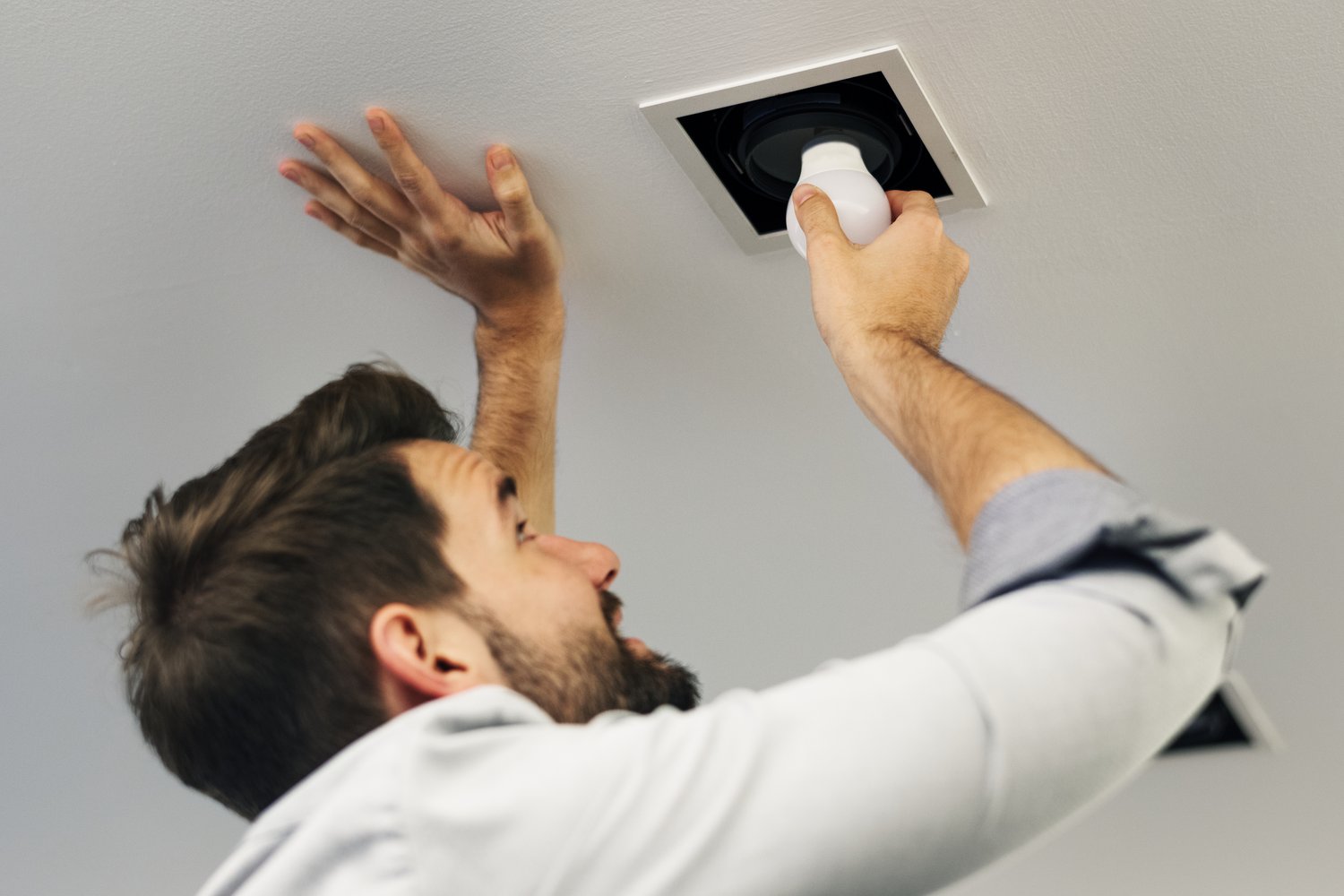Imagine stepping into your bathroom for a moment of peace and being greeted by the clatter of a noisy exhaust fan instead. Beyond being a mere annoyance, a loud bathroom fan can signal underlying issues that might affect the efficiency of your home’s ventilation system. In this guide, we delve into the common culprits behind noisy bathroom fans and explore solutions that promise a quieter, more efficient space.
- Discover the key factors contributing to increased noise levels from bathroom fans, such as wear and tear, dust buildup, and mechanical failures.
- Learn effective troubleshooting techniques to identify the root cause of fan noise, with practical tips on fan inspection and maintenance.
- Explore how upgrading to a newer, quieter fan model can improve energy efficiency and airflow, ensuring a more serene bathroom environment.
By understanding and addressing the cause of your bathroom fan’s noise, you not only enhance your home’s comfort but also improve overall ventilation efficiency. Dive into the guide to uncover strategies that pave the way for a quieter, more effective bathroom exhaust system tailored to your needs.
Understanding Why Your Bathroom Fan Is So Noisy
Bathroom fans are essential for maintaining a fresh and moisture-free environment, but over time, you might notice them becoming increasingly noisy. There are several reasons why this might occur, ranging from mechanical issues to simple wear and tear due to age. Understanding these factors can help identify the underlying problems and lead you to a practical solution.
One of the primary causes of a noisy bathroom fan is age. As the fan components wear out, they can start producing more noise. For older models, this might include metal parts grinding against each other or motor components vibrating more intensely than when they were new.
Dust buildup is another significant factor contributing to the noise. Over time, dust and debris can accumulate on the fan blades and inside the housing. This buildup can cause the fan to operate less efficiently and create unwanted sounds such as rattling or humming.
In some cases, the noise could be attributed to mechanical issues, such as loose screws or components. When parts become loose, they may vibrate excessively, leading to a louder operation. Identifying these problems early can prevent further damage and prolong the life of your bathroom fan.
Troubleshooting Techniques for a Noisy Bathroom Fan
Pinpointing the exact cause of a noisy bathroom vent fan involves a series of troubleshooting techniques that can help you zero in on the issue and determine whether it’s something you can fix or if professional help is needed.
Begin by inspecting the fan blades. Dust and debris accumulation on the blades can throw them off balance, thus creating noise. Cleaning the blades can often resolve this issue and restore quieter operation. It’s a simple step that can make a big difference in performance.
Check for obstructions in the fan housing. Sometimes objects can inadvertently fall into the fan, causing obstructions that make it work harder and generate more noise. Ensuring the fan’s path is clear can alleviate unnecessary pressure on the components.
Assess the overall condition of the fan components. Loose screws or misaligned parts can significantly contribute to increased noise levels. Tightening screws and realigning components can mitigate the noise and improve the functionality of your bathroom exhaust fan.
If after following these steps the noise persists, it might be time to consider consulting a professional or investing in a replacement model. A quiet, energy-efficient bathroom fan will not only enhance comfort but also ensure that your bathroom ventilation system is operating at optimal performance.
Replacement Guide: Upgrading to a Quieter Bathroom Fan Model
If your current bathroom fan is causing a ruckus, it might be time to consider upgrading to a quieter model. Modern bathroom exhaust fans offer significant improvements in noise reduction and efficiency, providing a more pleasant and functional bathroom environment.
To begin your search for the perfect replacement, look for models specifically designed with noise reduction features. Fans with brushless motors and specially designed blades can significantly lower sound levels, ensuring a whisper-quiet operation.
Consider energy efficiency as a key factor when selecting a new fan. Look for units with high energy efficiency ratings which not only save on electricity but also contribute to a more sustainable home.
Airflow capacity is another important aspect to keep in mind. Choose a fan with sufficient cubic feet per minute (CFM) to suit the size of your bathroom. A fan that effectively removes moisture and odors while operating quietly will greatly enhance comfort and air quality.
Additionally, newer models often feature advanced controls, such as humidity sensors and timers, which help optimize performance and efficiency even further. These features ensure the fan runs only when necessary, prolonging its lifespan and reducing energy consumption.
Before purchasing, consider checking customer reviews and ratings to gain insights into real-world performance and satisfaction levels. Opt for a reputable brand with reliable customer support. This can make installation easier and provide peace of mind should any issues arise.
By carefully selecting a quieter and more efficient bathroom fan, you can enjoy a quieter, fresher bathroom atmosphere with minimal disruptions. Explore available options to find the best fit for your home’s needs, ensuring effective ventilation and enhanced well-being.
Frequently Asked Questions About Noisy Bathroom Fans
What are the common causes of a noisy bathroom fan?
Common causes include dust buildup, loose fan components, and worn-out bearings.
How can I reduce the noise from my current bathroom fan?
Ensure all components are securely fastened and clean the fan blades regularly to reduce buildup.
When should I consider replacing my bathroom fan?
Consider replacement if cleaning and tightening do not reduce noise, or if the fan is over 10 years old.
What features should I look for in a quieter replacement fan?
Look for energy efficiency ratings, sufficient airflow capacity, and a low sones rating.
Can a noisy bathroom fan impact energy efficiency?
Yes, noise may indicate inefficiency, such as reduced airflow, which can increase energy consumption.





